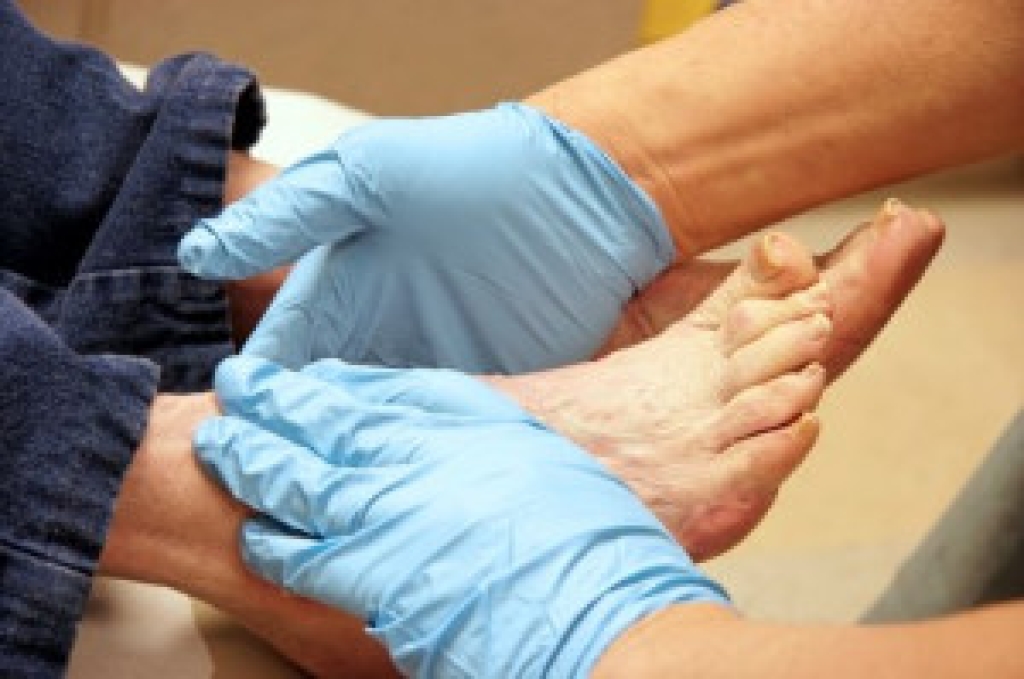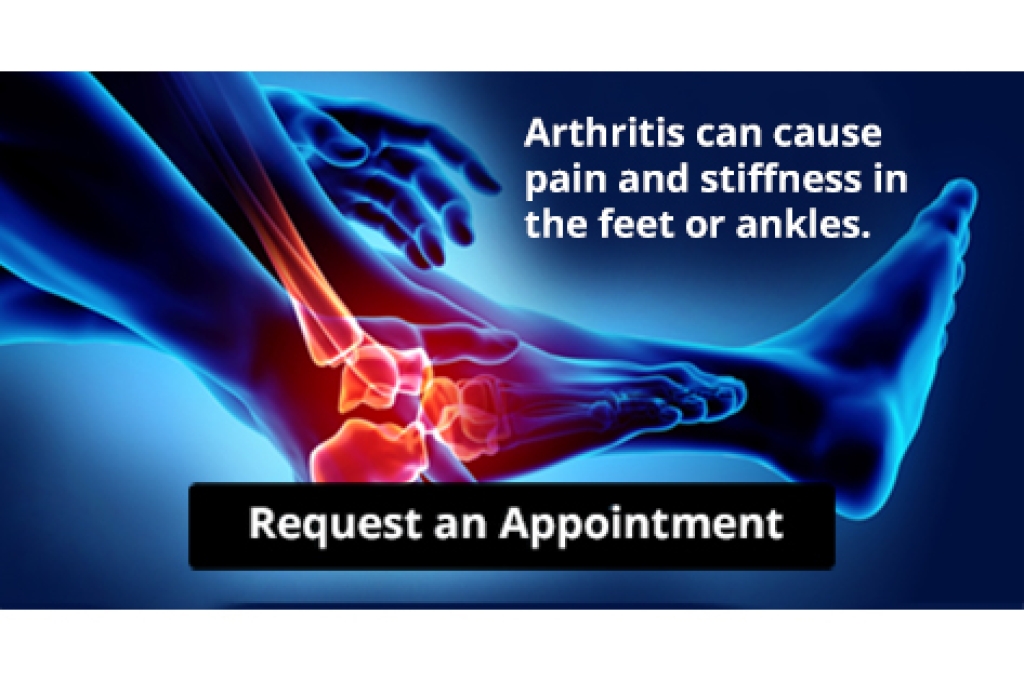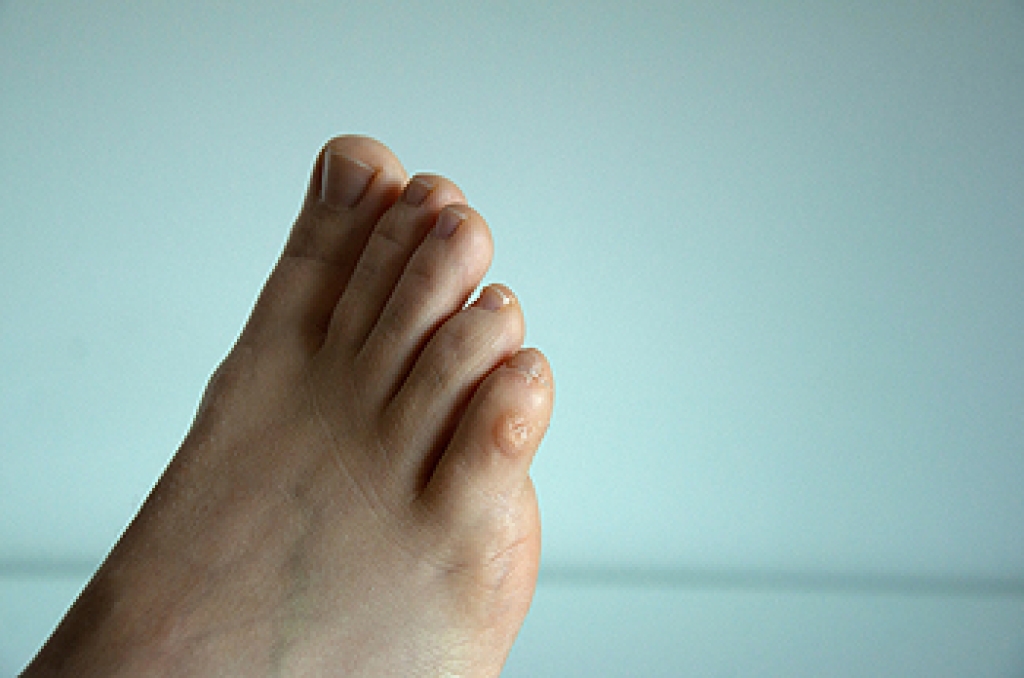
Elevated blood glucose levels may cause a serious condition that is known as diabetes. Proper foot care is crucial with this condition, and this may be helpful in preventing foot ulcers. The body’s ability to heal is affected by diabetes, and it is important to check the feet daily. This can consist of using a mirror to look for any existing cuts, bruises, or scrapes. Neuropathy often accompanies diabetes, which is the diminished ability to feel any wounds on the feet. Foot protection can come from wearing shoes that fit correctly, trimming the toenails properly, and washing the feet daily. If you have diabetes, and the skin on your feet feels warm and turns red, it is strongly suggested that you are under the care of a chiropodist who can effectively treat diabetes.
Diabetes can cause serious problems in the lower limbs if proper preventive measures are not taken and diabetic wound care is not performed. If you would like to learn more about caring for diabetic feet, please consult with one of the specialists from Thornhill Foot Clinic. Our chiropodists can help you maintain the health of your lower limbs and your mobility.
Diabetes can lead to a host of foot and ankle complications, including:
- Poor circulation
- Peripheral neuropathy
- Diabetic foot wounds and ulcers
- Infection
- Corns and calluses
- Dry, cracked skin
- Nail disorders
- Hammertoes
- Bunions
- Charcot foot
If you have diabetes, you must be vigilant of any changes in your foot health. This is best done through daily foot inspections. Using a mirror to help you if necessary, look for any:
- Cuts, scrapes, sores, or wounds
- Bruising or discoloration
- Swelling
- Rash
- Foul odor
- Nail changes
- Hair loss
- Warmth and inflammation
- Deformities
- Lower limb pain
- Strange sensations (numbness, tingling, burning, pins, and needles)
If you detect anything unusual, seek the care of a chiropodist as soon as possible. If you have any questions, please feel free to contact our office located in . We offer the newest diagnostic and treatment technologies for all your foot care needs.




